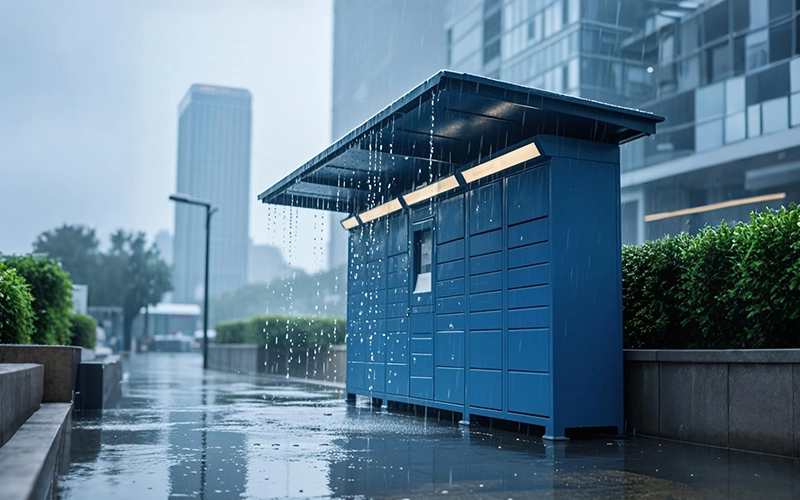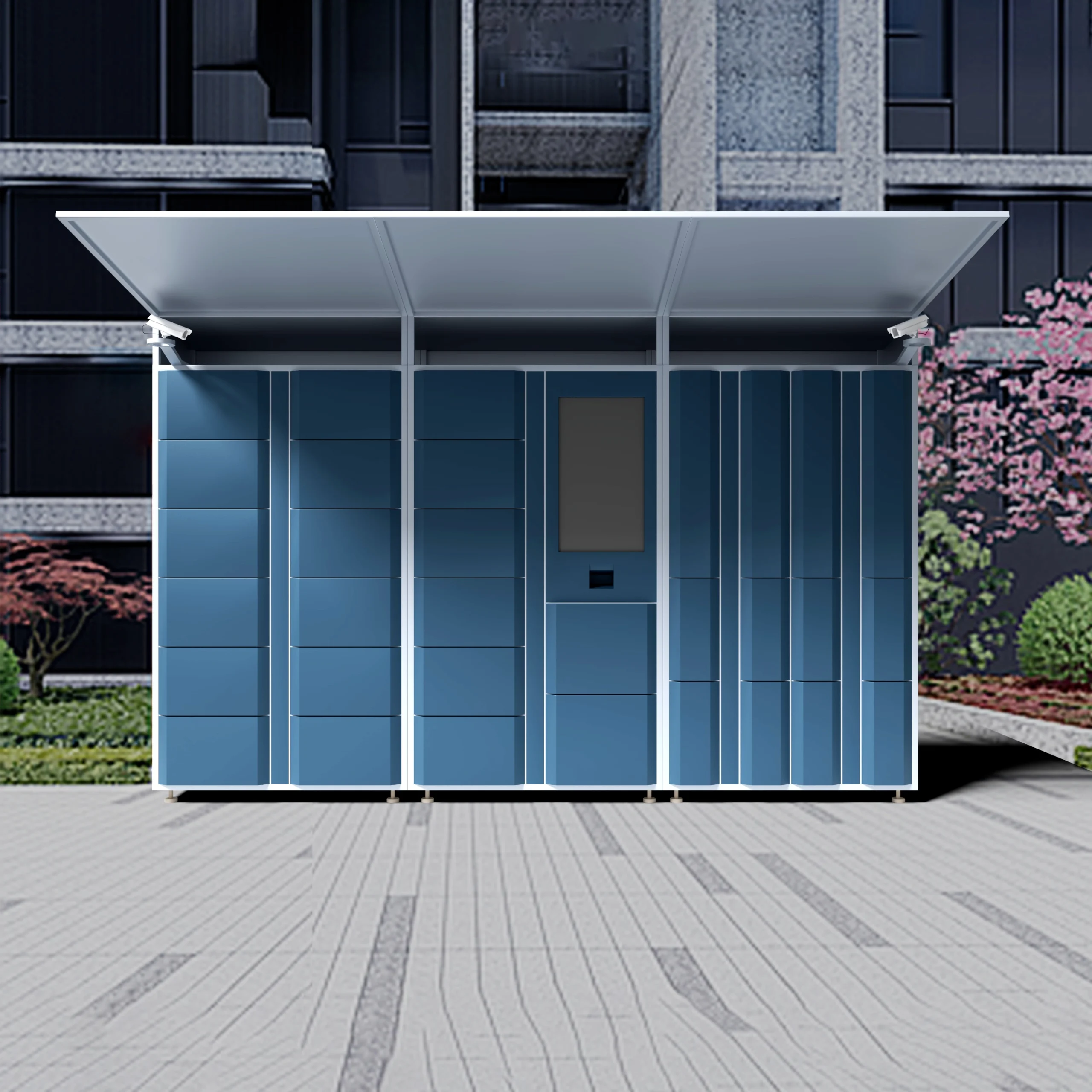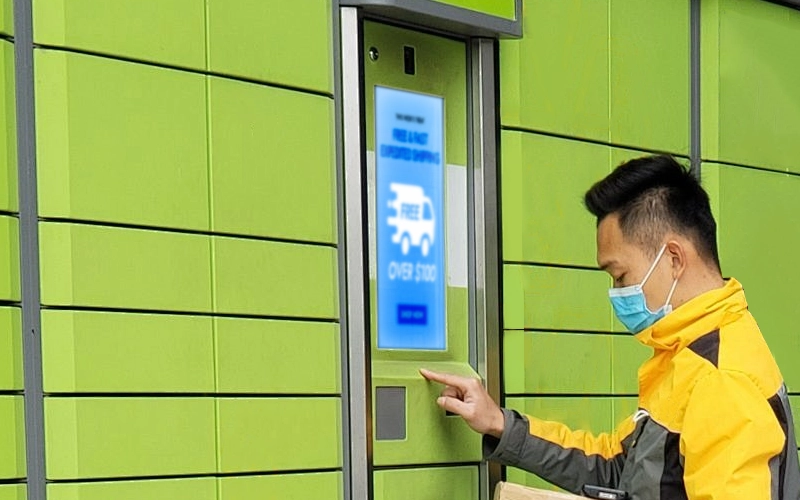In the age of e-commerce, where online shopping has become the norm, the logistics of handling parcel deliveries has seen a significant transformation. Among the various solutions designed to enhance convenience and security in parcel deliveries, parcel lockers have emerged as a game-changer. These self-service kiosks provide a secure and efficient method for individuals to pick up and drop off parcels at their convenience. But have you ever wondered how these vital components of modern logistics are produced? In this blog post, we will delve into the intricate process involved in the manufacturing of parcel lockers, from conceptualization to final deployment.
Understanding the Concept of Parcel Lockers
Before we dive into the production process, it is essential to understand what parcel lockers are. Essentially, parcel lockers are compartmentalized storage units that allow for the safe, secure, and convenient exchange of packages. Customers receive a unique access code or key to retrieve their parcels at their convenience, eliminating the need for home deliveries and facilitating better management of parcel traffic.
The Design Phase
The journey of a parcel locker begins with the design phase. This stage involves multidisciplinary collaboration between product designers, engineers, and market analysts. The objective is to create a user-friendly design that meets the security, durability, and aesthetic requirements of the target market.
Key elements considered during this phase include:
- Size and Capacity: Designers must determine the size of the lockers to accommodate a variety of parcel dimensions. This involves conducting market research to understand customer needs.
- Material Selection: The choice of materials is vital for creating a lasting product that can withstand weather conditions and potential vandalism. Steel, aluminum, and high-density plastics are common choices for their robustness and resistance to wear and tear.
- Security Features: Given that parcel lockers store valuable items, extensive focus is placed on integrating advanced security features. This can include electronic locking systems, biometric scanners, and surveillance cameras, ensuring that only authorized personnel can access the lockers.
- Software and Integration: The design phase also encompasses the software systems that will govern the lockers. These systems manage user accounts, parcel tracking, and notifications to users.
Prototyping and Testing
Once the initial designs are finalized, the next step is to create prototypes. Prototyping is critical for testing the functionality and aesthetics of the locker. This phase typically includes:
- 3D Modeling: Designers use computer-aided design (CAD) software to create detailed 3D models of the locker. This allows for visualization and adjustments before moving to physical prototypes.
- Manufacturing the Prototype: A small batch of prototypes is manufactured using selected materials. This provides the opportunity to assess the locker’s physical attributes and ensure that it meets design specifications.
- Functional Testing: Prototypes undergo rigorous testing under various conditions. This includes load testing (to ensure the lockers can withstand heavy parcels), weather resistance trials, and security breach simulations.
- User Testing: A crucial part of the testing phase involves collecting feedback from potential users. This feedback helps refine the design and functionality of the lockers.
The Manufacturing Process
Once prototypes are approved, the manufacturing process commences. This stage typically involves multiple steps:
- Material Preparation: Raw materials such as metal sheets and other components are prepared. Processes like cutting, bending, and welding are employed to achieve the necessary shapes.
- Component Fabrication: Each part of the locker, including doors, compartments, and security mechanisms, is crafted. This may involve specialized machinery and skilled labor.
- Assembly Line Setup: A production line is set up where each component is assembled. This line should be efficient to ensure a steady flow of production, with quality checks integrated into the process.
- Quality Assurance: Continuous quality checks are conducted during manufacturing. Inspectors validate that each locker meets established standards for durability, security, and functionality before proceeding to the next stage.
- Finishing Touches: Once assembled, lockers undergo finishing processes, such as painting, powder coating, or adding branding elements. This ensures that the lockers are not only functional but also visually appealing.
Software Integration and Final Testing
With the physical lockers completed, the next step is to integrate the accompanying software systems. This process includes:
- Installation of Electronic Systems: Lockers with electronic locking mechanisms and notifications require the installation of smart locks, wired or wireless networking tools, and user interface displays.
- Software Configuration: Programming the software that manages user access and notifications is a key aspect of final testing. This often includes a user-friendly app or web interface that allows customers to track and manage their deliveries.
- Final Functional Testing: Once everything is integrated, rigorous end-to-end functional tests are conducted to ensure that all systems work harmoniously. Simulations involving multiple deliveries are often run to test the locker’s performance under realistic conditions.
Deployment and Maintenance
After successful testing, the lockers are prepared for deployment. This phase involves logistical planning to distribute the lockers to various locations, such as apartment complexes, retail centers, and transport hubs.
Moreover, post-deployment, there is a need for ongoing maintenance:
- Regular Servicing: Lockers should be inspected and maintained regularly to ensure they remain functional and secure.
- Software Updates: Just like any technology, the software governing the lockers needs periodic updates to enhance security features and improve usability.
Conclusion
The production of parcel lockers is a complex yet fascinating process that interweaves design, engineering, and technology. As the demand for efficient and secure parcel delivery solutions grows, understanding how these lockers are produced provides insight into the intricate world of logistics and manufacturing. With their ability to streamline delivery and pick-up processes and improve customer satisfaction, parcel lockers are poised to play an ever-increasing role in the future of e-commerce.



